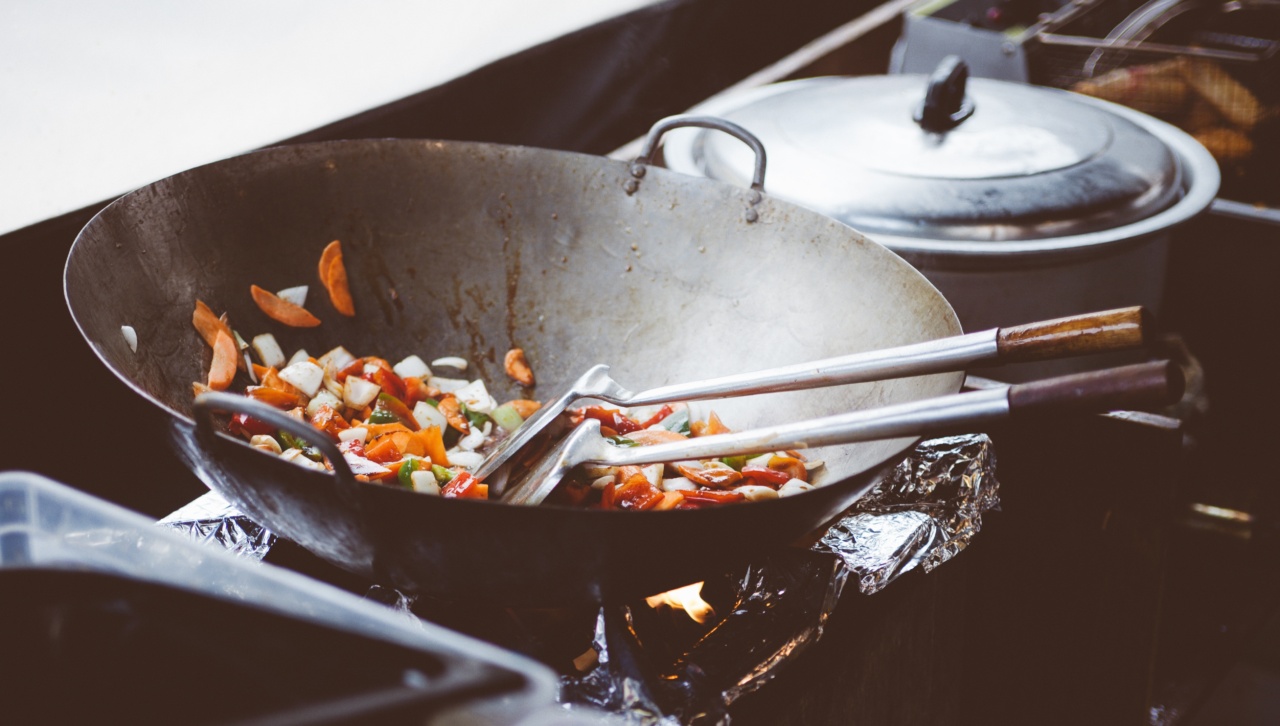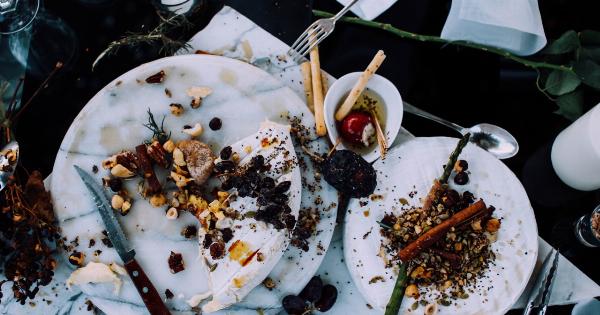Leftovers are a great way to save time and money. They can be enjoyed for another meal or snack. However, reheating leftovers the wrong way can produce harmful bacteria and lead to food poisoning. Here are safe ways to reheat your leftovers:.
1. Always Refrigerate Leftovers Promptly
One of the most crucial things to do to prevent food poisoning is to put your leftovers in the fridge as soon as possible after they are cooked. Leftovers should be refrigerated within two hours of cooking.
If you don’t plan to eat the leftovers within three to four days, freeze them immediately. This will help prevent bacteria from growing and producing toxins that can cause food poisoning.
2. Use a Microwave Safely
Microwaves are a convenient and fast way to reheat your leftovers, but they can also be a breeding ground for bacteria if not used correctly. To use your microwave safely, use microwave-safe containers or plates, and follow these simple rules:.
- Only reheat leftovers that have been stored in the refrigerator or freezer.
- Stir the food occasionally so that it heats evenly.
- Always cover the food with a microwave-safe lid or plastic wrap to retain moisture and create steam.
- Make sure that the food is piping hot throughout, and be careful not to burn yourself when removing it from the microwave.
3. Use the Oven for Crispy Foods
If your leftovers were originally crispy or had a crunchy texture, the oven is a better choice than the microwave. Using an oven will keep the crispy texture, whereas microwaving will result in a soggy texture. To reheat your leftovers using the oven:.
- Preheat the oven to 350°F (175°C).
- Place the leftovers in an oven-safe dish.
- Cover the dish loosely with foil.
- Bake for 15-20 minutes, or until the food is heated through.
- Remove the foil and bake for an additional 5-10 minutes to restore the crispy texture if necessary.
4. Use a Steamer for Even Heat Distribution
A steamer is an excellent choice if you want to reheat leftovers that contain rice or steamed vegetables. Steaming ensures even heat distribution and prevents dryness. To use a steamer:.
- Boil some water in a pot or saucepan.
- Place the leftovers in a steamer basket or colander over the boiling water.
- Cover the pot or saucepan with a lid and allow the food to steam for several minutes.
- Stir occasionally, and check the food’s temperature to ensure it’s hot throughout.
5. Use a Sous Vide for Precise Heat Control
Sous vide cooking is a trendy technique that involves placing food in a vacuum-sealed bag and cooking it in a water bath at a precisely controlled temperature.
It’s perfect for reheating leftovers that require precise heat control, such as meat or fish. To use a sous vide:.
- Place the leftovers in a vacuum-sealed bag.
- Preheat the sous vide water bath to the desired temperature according to the specific food type.
- Place the vacuum-sealed leftovers in the water bath and cook for one hour or until heated through.
- Remove the bag from the water bath and dry it off with a towel, then remove the food from the bag and serve.
6. Follow Safe Food Temperatures
It’s important to know the safe food temperatures for leftovers, which includes:.
- 165°F (74°C) for leftover poultry, stuffing, and casseroles.
- 160°F (71°C) for leftover beef and pork products such as roast beef or pork chops.
- 145°F (63°C) for leftover fish or seafood.
- 165°F (74°C) for all reheating leftovers in the microwave, oven or other appliance.
7. Don’t Reheat Food More than Once
It’s not safe to reheat leftovers more than once. Every time you reheat leftovers, you risk bacteria growth, and you’ll increase the chances of food poisoning.
To reduce waste and avoid leftovers from spoiling, portion out your meals correctly and only reheat the portion you need for a meal. This way, you’re not reheating too many leftovers unnecessarily.
8. Get Rid of Moldy Foods
If your leftover food is moldy or has a sour smell, it’s better to toss it out than risk getting ill. Don’t try to trim off the mold, as it may have produced toxins that can make you sick.
9. Practice Personal Hygiene
Personal hygiene plays a crucial role in preventing foodborne illnesses. Always wash your hands with warm water and soap before and after handling food, and avoid preparing food or handling leftovers when you’re sick.
10. Invest in a Food Thermometer
A food thermometer is an essential tool for every kitchen. It allows you to check the temperature of your leftover food, ensuring it’s safe to eat. There are many types of food thermometers available, including instant-read and digital.
Be sure to choose one that’s easy to use and read and that provides accurate readings.
Conclusion
Reheating leftovers is an economical and convenient way to enjoy meals without wasting food. However, it’s important to reheat leftovers safely to prevent food poisoning.
Use a microwave, oven, steamer or sous vide, but always follow safe food temperatures, don’t reheat food more than once, and practice personal hygiene to reduce the risk of illness. With these tips in mind, you can safely enjoy your leftover meals.































